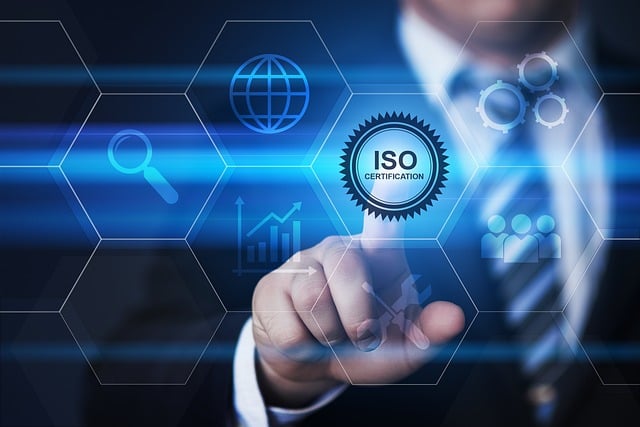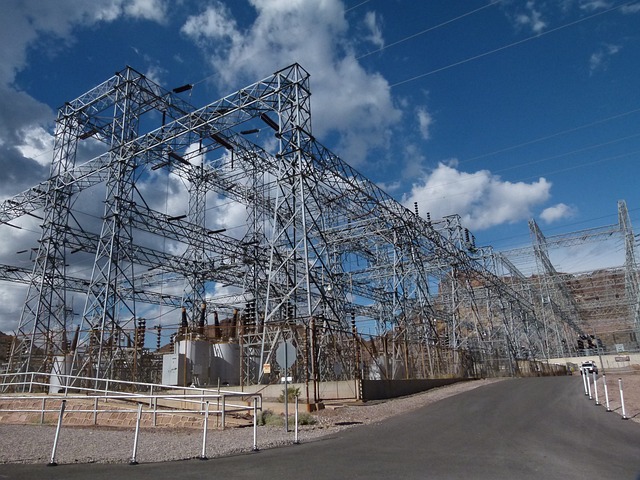Ensuring Exactness: Optimizing UK Technical Guideline Translations
Translation services for UK Technical Guidelines and Standards demand precision due to their intricate content governing sectors like manufacturing and healthcare. Professional translators must balance language proficiency, industry expertise, and re…….

Translation services for UK Technical Guidelines and Standards demand precision due to their intricate content governing sectors like manufacturing and healthcare. Professional translators must balance language proficiency, industry expertise, and regulatory knowledge to avoid misinterpretations and ensure adherence to standards. Native speakers and advanced software tools are crucial for high-quality translations, preserving cultural nuances and terminological consistency. Adhering to best practices, including rigorous quality assurance, ensures accurate and contextually appropriate translations facilitating global compliance with UK guidelines. Case studies highlight successful expansions and compliances by industries like pharmaceuticals and automotive through these services, emphasizing their role in fostering accuracy, consistency, and legal adherence.
The accuracy of translating UK technical guidelines and standards is paramount to ensure safe adoption and compliance. This article delves into the intricacies of achieving precise translations, exploring key factors like cultural relevance, native speaker involvement, and advanced software tools. We examine challenges specific to UK guidelines and highlight best practices, industry standards, and successful case studies. By understanding these elements, translation services can significantly enhance the quality of UK technical guideline translations.
- Understanding the Importance of Accuracy in Technical Translations
- Challenges in Translating UK Technical Guidelines
- Ensuring Cultural Relevance and Technical Precision
- The Role of Native Speakers in Quality Assurance
- Utilizing Specialized Translation Software and Tools
- Industry Standards and Best Practices for Technical Translation
- Case Studies: Success Stories in UK Guideline Translation
- Continuous Improvement and Feedback Loops for Optimal Accuracy
Understanding the Importance of Accuracy in Technical Translations

In the realm of technical guidelines and standards, accuracy is paramount. When it comes to translation services for UK-specific documents, precision is not just desirable—it’s essential. These guidelines often contain intricate details that govern industries from manufacturing to healthcare, ensuring safety, quality, and compatibility. A single misinterpretation can lead to costly errors, regulatory non-compliance, or even safety hazards.
Therefore, professional translation services for UK technical guidelines must go beyond basic language conversion. They need to employ experts who not only understand the source text thoroughly but also have in-depth knowledge of the relevant industry and regulatory landscape. This dual expertise ensures that the translated document not only conveys the same meaning as the original but also adheres rigorously to applicable standards and best practices.
Challenges in Translating UK Technical Guidelines

Translating UK technical guidelines and standards presents several unique challenges, especially given the intricate nature of such documents. These include ensuring regulatory compliance across languages while preserving the original intent and accuracy of the content. Technical terms often lack direct equivalents in other languages, necessitating creative translations that still convey the same meaning and precision.
Another hurdle is keeping up with evolving standards and guidelines, as these are frequently updated to reflect advancements in technology or best practices. Translation services must be agile enough to adapt swiftly, incorporating these changes into their translations to provide up-to-date resources for international audiences. Moreover, cultural nuances play a significant role, as certain technical concepts might be expressed differently across languages and regions, requiring careful consideration to avoid misinterpretation.
Ensuring Cultural Relevance and Technical Precision

Ensuring Cultural Relevance and Technical Precision is paramount when translating UK Technical Guidelines and Standards. Professional translation services understand that a mere word-for-word interpretation isn’t enough; it must capture the nuances and context specific to both languages and cultures. This involves not just understanding technical terminology but also local laws, customs, and business practices.
For instance, what is considered a standard safety measure in one country might be regulated differently elsewhere. A skilled translator will know when to adapt language to align with these cultural and regulatory differences, ensuring the translated document remains both technically accurate and relevant to its target audience.
The Role of Native Speakers in Quality Assurance

When it comes to ensuring the highest quality in UK technical guideline translations, native speakers play a pivotal role. These experts are not just fluent in both languages but also deeply understand cultural nuances and technical terminology specific to their region. By employing native speakers as part of the translation process, services for UK Technical Guidelines and Standards can guarantee that the translated content is not only linguistically accurate but also culturally appropriate. This is particularly important given the intricate nature of technical documentation, where even subtle variations in language or expression can significantly impact comprehension and compliance.
The involvement of native speakers in quality assurance involves rigorous review processes and extensive testing. They check for not just grammatical correctness and fluency but also for terminological consistency across the entire document. This meticulous approach ensures that the translated guidelines maintain their original intent, making them reliable resources for technical professionals operating within the UK regulatory framework.
Utilizing Specialized Translation Software and Tools

In the realm of translation services for UK Technical Guidelines and Standards, leveraging specialized software and tools is paramount to achieving precision and consistency. Modern translation platforms are designed to streamline the process, offering advanced features that go beyond simple word-for-word substitutions. These tools often incorporate machine learning algorithms, which adapt to specific terminologies and contexts, ensuring accurate translations tailored to technical documents.
By utilizing these specialized software solutions, translators can efficiently manage complex terminology, maintain regulatory compliance, and preserve the integrity of technical content. Moreover, these platforms enable collaboration among subject matter experts, linguists, and project managers, facilitating a rigorous review process that further enhances translation quality. In today’s digital era, this level of precision is indispensable for ensuring that UK technical guidelines are effectively communicated across borders.
Industry Standards and Best Practices for Technical Translation

In the realm of technical translation, especially for documents like UK guidelines and standards, adherence to industry best practices is paramount. Professional translators must possess a deep understanding of both the source and target languages, along with specialized knowledge in the subject matter at hand. This ensures that technical terminology is accurately rendered, preserving the integrity of the original content. Moreover, following established industry standards guarantees consistency across translations, facilitating global comprehension and compliance.
Translation services for UK Technical Guidelines and Standards should incorporate rigorous quality assurance processes. These include thorough editing and proofreading, use of terminological databases to maintain coherence, and adherence to style guides specific to the industry or organization. By adopting these best practices, translators can deliver precise, culturally adapted, and technically accurate translations, bridging communication gaps in complex domains.
Case Studies: Success Stories in UK Guideline Translation

When it comes to UK technical guideline translations, case studies act as powerful testimonials to the precision and effectiveness of professional translation services. These success stories offer tangible proof that specialized translators can seamlessly bridge linguistic gaps, ensuring guidelines and standards are accurately conveyed in new languages.
Many organizations have benefited from these translation services, witnessing improved communication and compliance across multi-lingual projects. For instance, a leading pharmaceutical company faced the challenge of translating complex UK regulatory guidelines for international markets. By partnering with experienced translators who understood both medical terminology and cultural nuances, they achieved flawless translations, facilitating global expansion while adhering to stringent legal requirements. Similarly, an automotive manufacturer successfully localized technical manuals, ensuring their workforce could efficiently follow updated UK safety standards in diverse work environments. These examples highlight how effective translation services for UK Technical Guidelines and Standards can be, fostering accuracy, consistency, and compliance across industries.
Continuous Improvement and Feedback Loops for Optimal Accuracy

The journey towards precise translations for UK technical guidelines and standards is an ongoing process, driven by continuous improvement. Reputable translation services recognize that accuracy isn’t a static state but a dynamic goal. They actively seek feedback from clients, industry experts, and language professionals to refine their processes. This iterative approach involves regular reviews of translated documents, comparing them against the original source material for any discrepancies.
By establishing robust feedback loops, these services can quickly identify areas where improvements are needed, whether it’s adapting to new terminological standards within a sector or refining translation styles to align with specific audience expectations. This commitment to continuous learning ensures that translations not only meet but exceed expectations, fostering trust and confidence in the overall quality of UK technical guideline interpretations.
In the realm of technical translation, precision is paramount, especially when navigating complex guidelines and standards. As demonstrated through our exploration of challenges, best practices, and case studies, providing accurate translations for UK technical guidelines demands a multifaceted approach. By combining cultural relevance, native speaker expertise, advanced software tools, and adherence to industry standards, translation services can ensure the integrity of these vital documents. When it comes to translation services for UK Technical Guidelines and Standards, this holistic strategy guarantees that professionals across industries receive clear, precise, and culturally adapted information, fostering effective collaboration and regulatory compliance.







